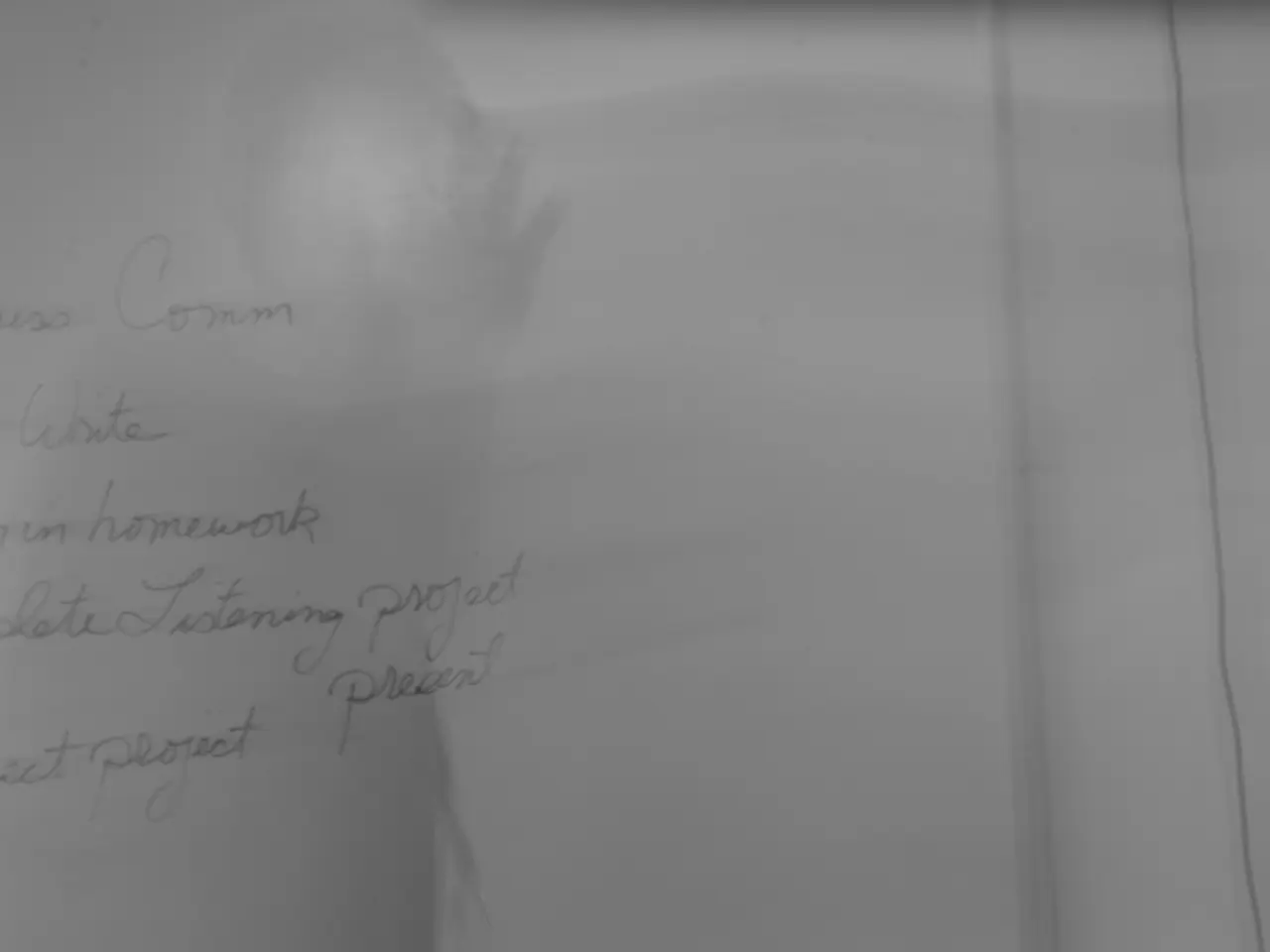Navigating Bankruptcy and Debt Recovery: An All-Encompassing Handbook
Bankruptcy is a legal process that provides relief for individuals or businesses struggling to repay their debts. This article aims to shed light on the implications, recovery process, and alternatives to bankruptcy.
Implications of Bankruptcy
Filing for bankruptcy can have significant long-term financial consequences. For instance, it may lead to difficulties in obtaining new credit or loans, as lenders often view bankruptcy as a red flag. Consequently, long-term financial implications include challenges in securing loans or credit, higher interest rates, and limited financial opportunities.
Moreover, bankruptcy can cause a substantial drop in credit ratings, typically remaining on one's credit report for seven to ten years. During this period, access to credit may be limited, and lenders often view individuals with recent bankruptcies as high-risk borrowers.
Rebuilding Credit Post-Bankruptcy
Rebuilding credit after bankruptcy is possible, albeit requiring discipline and patience. Timely payments, secured credit cards, and small loans can help re-establish creditworthiness. However, the process can take several years.
Alternatives to Bankruptcy
Before resorting to bankruptcy, it's worth exploring alternatives such as debt negotiation, debt consolidation, credit counseling services, and debt management plans. These options can help manage debts without the long-term implications of bankruptcy.
Chapter 7 vs. Chapter 13 Bankruptcy
In the United States, there are two main types of personal bankruptcy: Chapter 7 and Chapter 13. Chapter 7 involves the liquidation of non-exempt assets to pay creditors, while Chapter 13 allows debtors to reorganize their debts and create a repayment plan over a specified period.
Consumer Rights During Bankruptcy
Consumers retain the right to receive fair treatment under bankruptcy law. Creditors must cease collection activities upon notification of bankruptcy filing. It's crucial to know one's rights under the Fair Debt Collection Practices Act when dealing with debt collectors post-bankruptcy.
The Future of Bankruptcy and Debt Collection
Emerging trends in bankruptcy and debt collection laws focus on fostering consumer protection, minimizing the stigma associated with financial distress, and promoting financial education. The integration of technology is transforming bankruptcy proceedings and debt collection practices, enhancing transparency and efficiency.
Legal Recourse Against Unlawful Debt Collection Practices
If facing unlawful debt collection practices, consumers can file complaints with the Consumer Financial Protection Bureau or their state's attorney general.
Monitoring Credit Reports
Frequent monitoring of credit reports is advisable to ensure accuracy and identify potential issues.
Bankruptcy and Employment
Certain employers may review credit histories before hiring, and a bankruptcy record could hinder job prospects in fields with financial responsibilities.
Navigating Debt Collection Post-Bankruptcy
Navigating debt collection after bankruptcy involves understanding the implications of the bankruptcy discharge and managing interactions with debt collectors.
In states like Texas, Florida, and California, higher protections for asset exemptions in bankruptcy proceedings are offered. These protections can significantly impact the outcome of bankruptcy proceedings for individuals in these states.
In conclusion, while bankruptcy can have long-term financial implications, it provides a legal avenue for individuals and businesses to seek relief from overwhelming debt. Understanding the process, one's rights, and the alternatives can help navigate this challenging situation more effectively.







